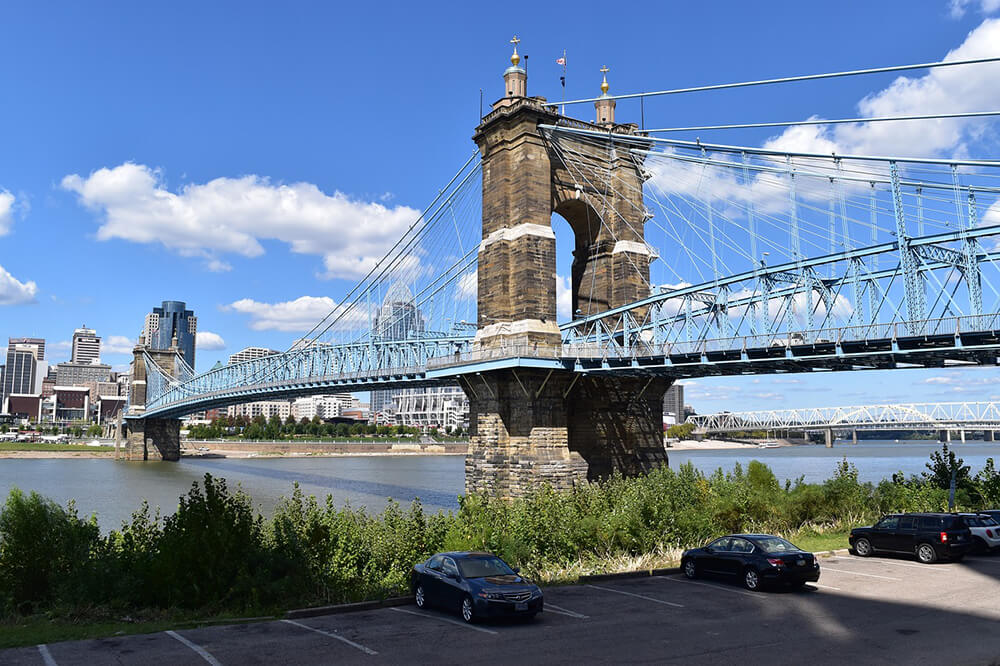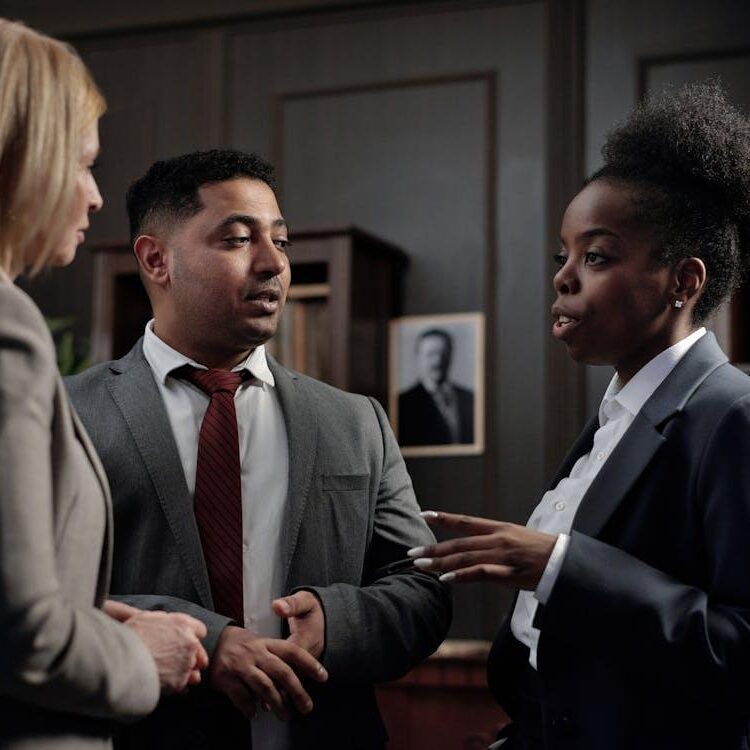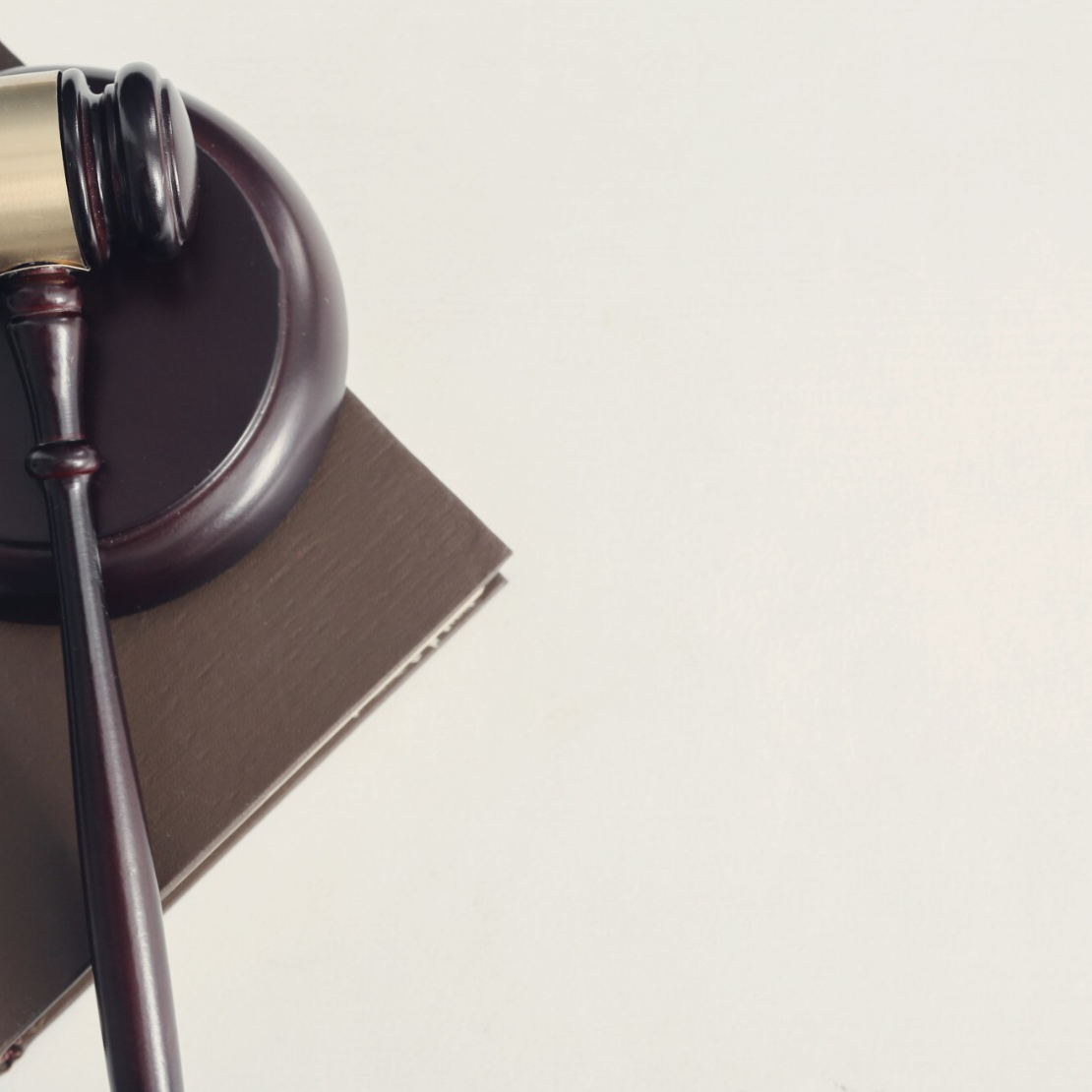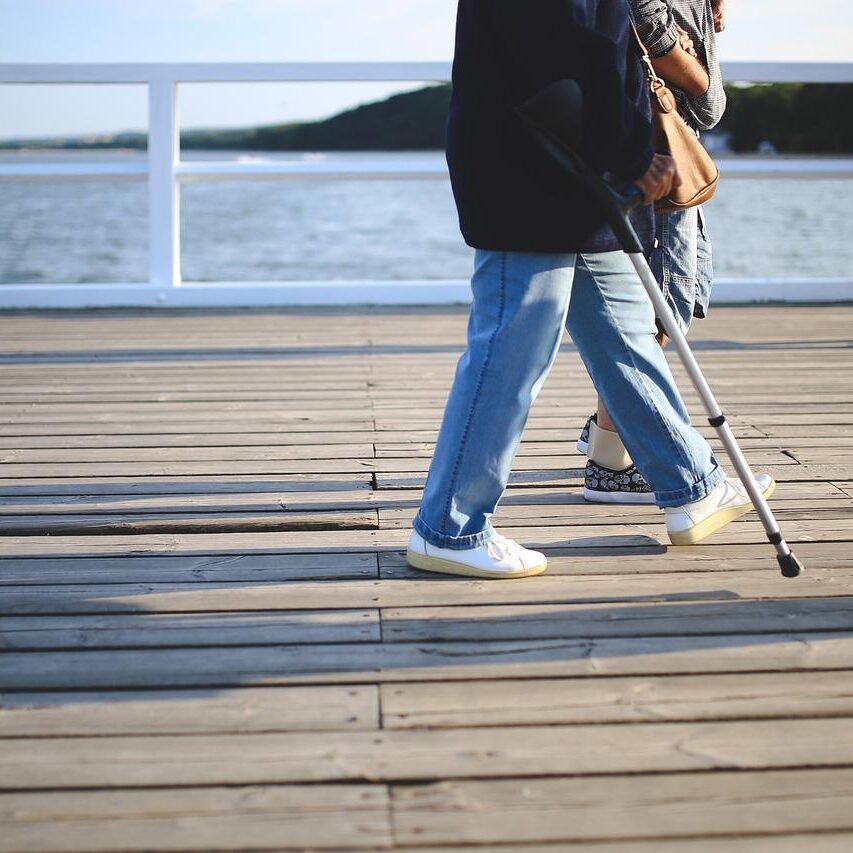September 13, 2018
A Basic Guide to Ohio Car Accident Laws

Regardless of where your travels take you, there’s a possibility you will end up the victim of a car accident sometime in your life. Just in 2016, there were over 300,000 vehicle crashes in Ohio. According to the Ohio Department of Public Safety, the majority of these accidents only resulted in property damage, however, 77,514 resulted in injuries and 1,054 ended in death. While these accidents occurred for a variety of reasons, most were due to the negligence of another driver. When another party causes your car crash, you have the right to take legal action and hold them accountable for their negligence.
If you decide to contact Bey & Associates to take measures to hold the other party liable, it’s a good idea to understand the general ins and outs of Ohio’s car accident laws.
Steps to Take After a Car Crash
The moments following a car accident can be confusing and jarring. It’s important to remember there are procedures and laws in place to resolve the event as quickly as possible for the sake of the parties involved and the safety of other drivers on the road. Immediately following a car crash, complete the following tasks – while keeping safety at the forefront of your mind:
- Evaluate yourself and the involved parties. If necessary, contact emergency medical services. The Good Samaritan Law protects you from liability if you’re aiding injured people at the scene of the accident.
- Drivers are not allowed to leave the scene of the accident until they provide each other with the required identification: name, address, and vehicle registration number. If you are not the owner of the vehicle, you’ll also need to provide the owner’s name and address. If there is only one driver involved, that person must conduct a reasonable search for the owner of the damaged property and notify law enforcement.
- After collecting personal information from the other driver, you’ll want to gather additional information and evidence. You may consider recording license plate and driver license numbers, weather and road conditions, photographs of the damage to the involved vehicles, and insurance information from the other driver.
- Depending on the circumstances of the accident, law enforcement may be needed. If you are uncertain, a 911 dispatcher will be able to determine if the accident warrants a response.
The Role of Law Enforcement After an Auto Accident
In Ohio, law enforcement is not required to respond to a car accident notification unless someone has been injured. If an officer does show up at the scene, they’ll write up an accident report.
This report will contain information about the circumstances of the wreck, testimony from the involved parties and any possible witnesses, and photographs of the scene. You’ll be able to access this report approximately a week after the accident by contacting the station that filed the report. It’s likely that report will be used by your insurance company to determine liability for your claim.
If the officer at the scene suspects an involved party was operating their vehicle while under the influence of alcohol, they have the legal authority to request a blood alcohol test. If an individual denies this request, their license will be automatically suspended.
Determining Crash Liability in Ohio
Your insurance company will play a big role in determining liability after a car crash. Once you file your claim with them, an adjuster will contact you to review the details of your case and eventually offer you a settlement. If you feel as though the liability decision or settlement amount is unfair, you have the right to file an appeal. At this point, it’s likely your claim process will get more complex. This is where our strong legal team can help.
When more than one party is at fault for an accident, Ohio operates under comparative negligence. This means that you can recover compensation against any party who was more at fault than you were in an accident; however, the damages you receive will be reduced depending on your share of the liability. There are no specific guidelines in place to determine fault percentage, which means your ability to negotiate and support your claim will play a big role in what you’re entitled to.
Comparative fault rules can be confusing, so let’s break it down with an example. If you are driving a few miles per hour over the speed limit and collide with a person who happens to be turning left, it’s likely both parties will be deemed liable; however, since turning left without looking is a bigger offense than driving a few miles per hour over the speed limit, the other driver should be found to be more liable. If you are found to be at fault for 20 percent of the accident, you’ll be entitled to 80 percent of the damages.
Car Accident Statute of Limitations in Ohio
According to Ohio Revised Code 2305.10, you have two years after the accident to file a personal injury lawsuit. If you fail to do so, the court will likely dismiss your case and you will be ineligible for compensation.
In addition to understanding the laws and procedures above, keep these tips in mind when dealing with a car accident:
- Never consent to be recorded by an insurance company
- Never sign paperwork unless your attorney has reviewed it and you are confident you understand what it says
- Never admit any liability for the accident
Even when you know you’re not at fault for an auto accident, there’s a chance your insurance company will try to minimize your settlement. In order to receive full and fair compensation for your financial burdens and suffering, reach out to our car accident lawyers in Cincinnati. We’ll be able to help you build the strongest case possible to support your claim.



